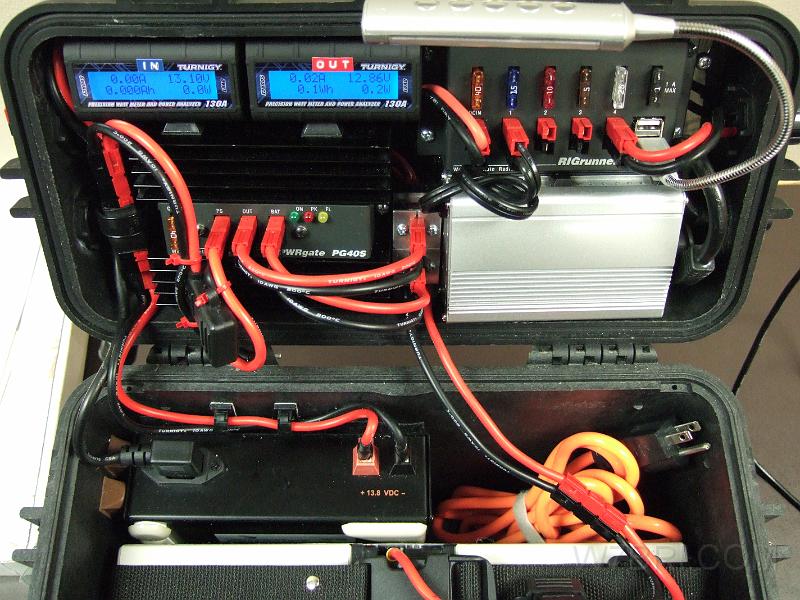|
 |
| Top & bottom close up - V2 |
| Camera: FUJIFILM FinePix F10 | Date: 5/9/11 8:30 PM | Resolution: 2848 x 2136 |
| Total images: 19 | Last update: 5/10/11 11:59 PM | Help |
|
 |
| Top & bottom close up - V2 |
| Camera: FUJIFILM FinePix F10 | Date: 5/9/11 8:30 PM | Resolution: 2848 x 2136 |
| Total images: 19 | Last update: 5/10/11 11:59 PM | Help |